
In Macau, China, in the autumn of 1854, a young man boarded a U.S. naval vessel and embarked on an American adventure. Arriving first in New York, he worked briefly in Washington D.C. before moving to South Carolina to create a formal plantation garden on Edisto Island. Displaced by the ravages of the American Civil War, he found asylum at the State Hospital and raised a family in Columbia. Today we’ll follow the first half of the story of Oqui Adair, master gardener and South Carolina’s earliest-known resident of Chinese ancestry.
Recently, while compiling demographic data for a future podcast, I became distracted by a single, curious fact buried within the Ninth Census of the United States, compiled in 1870. A published synopsis of that census illustrates that the population of South Carolina included 705,606 people, comprised of 415,814 “colored” inhabitants, 289,667 “white” people, 124 people identified as “Indian,” and one Chinese resident. Comparing this data with other synopses published by the U.S. Census Bureau, I learned that the state’s lone Chinese resident of 1870 was the first of that nationality to be recorded in South Carolina since the beginning of the Federal Census in 1790.
Further statistical data extracted from the 1870 Census indicates that this pioneering citizen of Chinese extraction resided in Richland County, in the center of the state. Eager to learn his or her identity, I turned to that part of the census enumerating the names of individuals within Richland County. Here I found South Carolina’s first recorded Chinese resident: a thirty-five-year-old man named “O. Odair,” who was employed as a “flower gardener” at the South Carolina “Lunatic Asylum” in the capital city of Columbia.[1]
A few days after discovering this information, I was at the library chatting with the staff of the South Carolina History Room about the curious Mr. Odair. I had no knowledge of his backstory, but I was hoping to find more information about how he came to reside in the Palmetto State. Then my colleague, Lish Thompson, spoke up. “You mean Oqui Adair,” she said, “the Chinese gardener from Edisto Island?” Lish, I then learned, is related to the family that once owned Bleak Hall Plantation, and had once employed Oqui to create a formal Japanese or Chinese-style garden on Edisto Island in the years just before the Civil War.
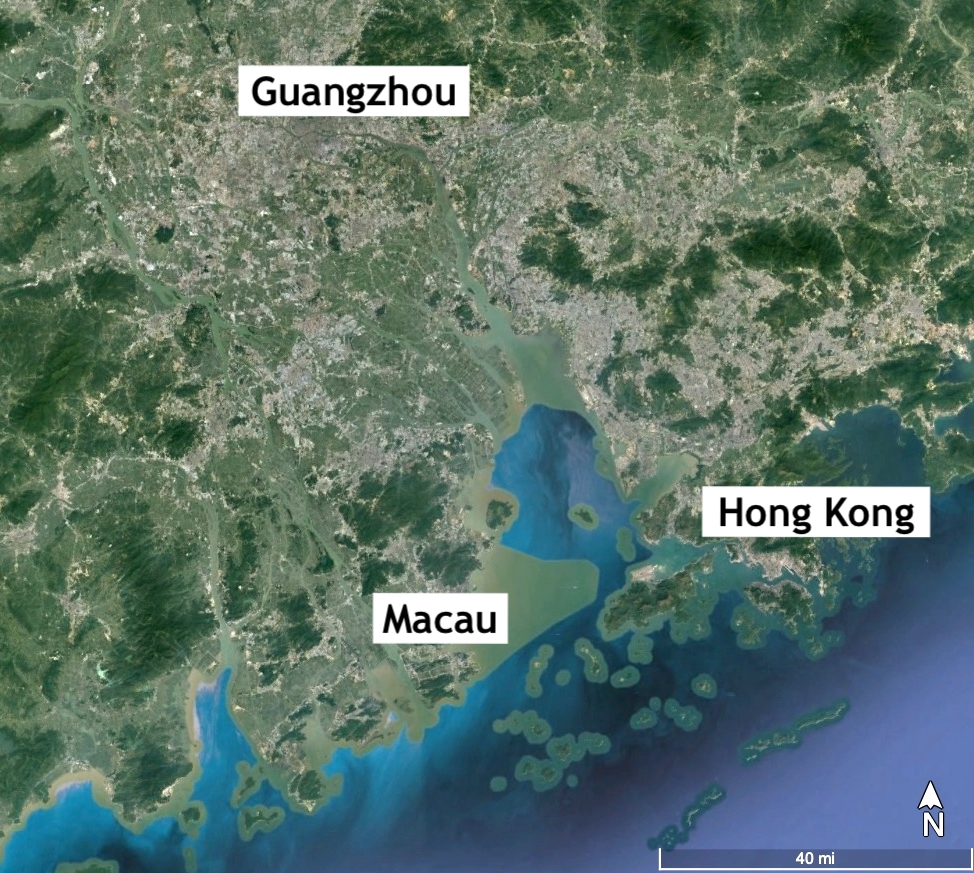
Oqui’s journey from China to the United States occurred within the context of an international expedition funded by the U.S. government in the early 1850s. President Millard Fillmore was determined to open diplomatic and commercial relations with Japan, despite that island nation’s strong tradition of cultural isolation. To force the Japanese government to open its borders to Americans merchants, Fillmore authorized in 1852 a naval expedition led by Commodore Matthew C. Perry.[2] Besides armed vessels to intimidate the Japanese, the U.S. government also loaded supply ships with samples of American products, and enlisted a physician and botanist, Dr. James Morrow (1820–1865) of South Carolina, to gather samples of Japanese plants for scientific study and for propagation at a new greenhouse on the grounds of the U.S. Capitol in Washington, D.C.
The bulk of Perry’s naval squadron embarked in November and arrived at the British colonial port of Hong Kong in April 1853. The U.S. Navy sailed to Japan the following month with their “black ships” and issued demands for American access to Japanese markets. Perry withdrew to Hong Kong in July to allow the Japanese government some time to consider its response to the American overture. Dr. Morrow did not participate in Perry’s first visit to Japan because he did not receive his appointment as botanist to the expedition until February 1853. After departing from Delaware Bay in early March aboard USS Vandalia, Morrow’s arrival at Hong Kong coincided with the return of Commodore Perry’s squadron from its first visit to Japan.[3]
When Perry’s naval squadron steamed back into Japanese waters again in February 1854 to force the negotiation of a trade agreement, James Morrow followed and supervised the exhibition of various American implements, including a miniature steam locomotive. After completing that work, Dr. Morrow and an American-born translator spent nearly eighteen weeks collecting samples of many hundreds of native plants that were unknown to Western science at that time. Commodore Perry and his Japanese counterparts signed a formal trade agreement on July 11th, and the entire American entourage soon withdrew to Hong Kong. Because Dr. Morrow lacked an official berth aboard an American warship, however, he checked into a hotel in the nearby city of Macau, across the Pearl River Delta from Hong Kong.[4]
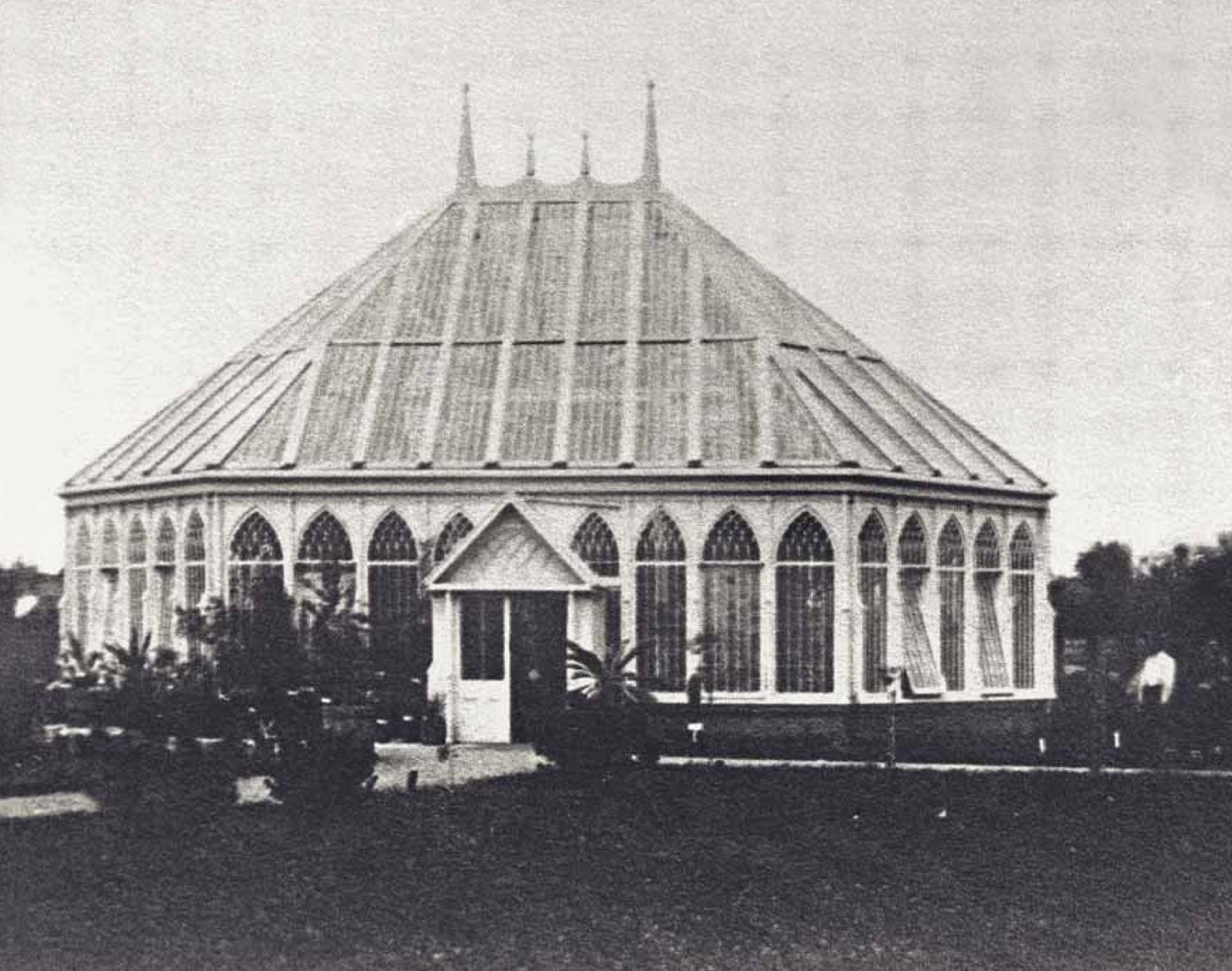
Returning to his journal later that day, Dr. Morrow recorded the first English-language description of the young man who was to become the first Chinese resident of South Carolina. Morrow did not mention his age or background, but the doctor’s words—augmented by later records—suggest that he was around nineteen years of age and might have been an orphan. “The boy’s name was Oqui,” wrote Dr. Morrow after their first meeting. “The Parsee gardiner [sic] who recommended him said that he was a thor[o]ugh and practiced gardener and had been in his employ for ten years, and that he understood budding and grafting and all the arts of Chinese gardening.”[6]
Neither Commodore Perry nor James Morrow identified the garden in which they found Oqui, but the doctor’s journal entry contains one valuable clue. The word “Parsee” (or Parsi) refers to persons of Persian heritage who later removed to the Indian Subcontinent and who practiced the Zoroastrian religion. A community of Parsis migrated along trade routes from India to China several centuries ago, when the city-state of Macau functioned as a semi-autonomous Portuguese colony. Within this multicultural context, an American naval officer arrived in August 1854 seeking an experienced hand. The “Parsee gardiner” who had apparently supervised Oqui for a decade and recommended him to James Morrow was likely affiliated with a large ceremonial garden in Macau known since the 1820s as the Parsee Cemetery.[7]
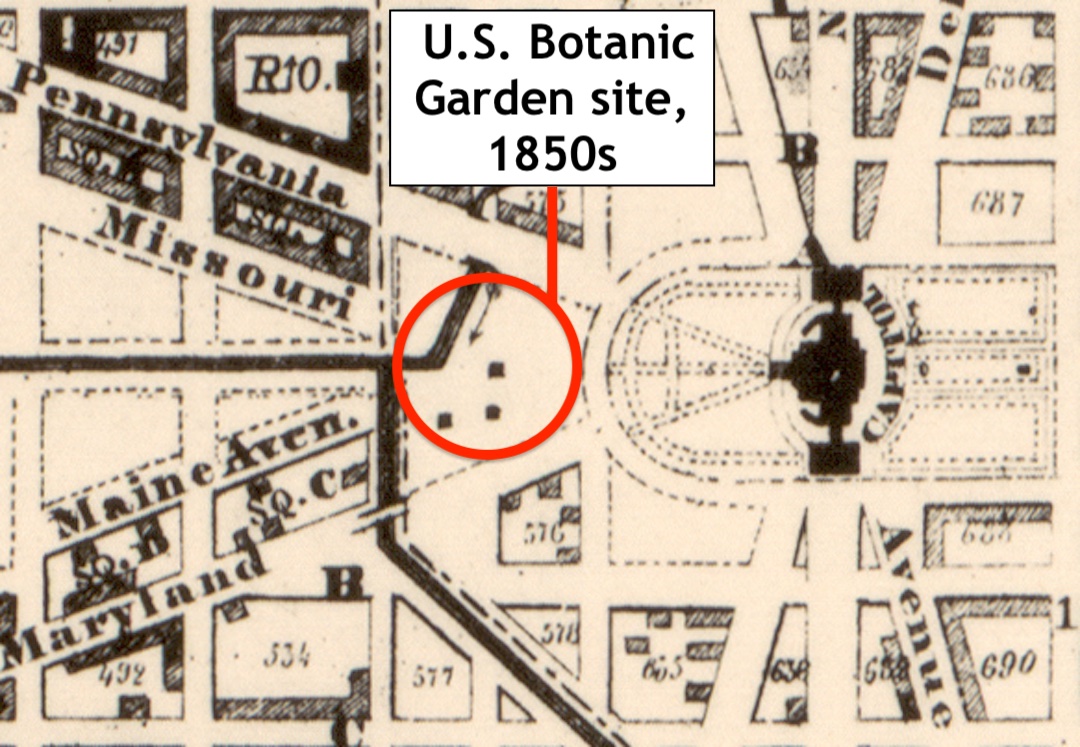
Descriptions of Oqui’s youthful appearance do not appear among the journals of Dr. Morrow or Commodore Perry, but we can at least consider his hairstyle. Chinese men living under the ruling Qing dynasty at that time were required by law to shave their forehead and wear the rest of their hair in a long braided queue. Oqui might have been wearing this traditional hairstyle when Commodore Perry hired him in 1854, but it’s also possible that his decade-long residence within Portuguese-controlled Macau enabled him to wear his hair as he pleased. In either case, records of Oqui’s later life in New York, Washington D.C., and South Carolina include no mention of the stereotypical pigtail or queue that identified so many of the Chinese-American immigrants of the mid-nineteenth century.
Oqui’s motivations for leaving his native land were probably similar to that of the tens of thousands of Chinese men (and a smaller number of women) who emigrated to California during the 1850s. Their country had suffered years of famine, natural disasters, political repression, and finally a bloody civil war historians now describe as the Taiping Rebellion (1850–1864). If he lacked a strong family connection in his native land in 1854 and sought to escape the violence then raging around his home province of Canton (now Guangzhou), Oqui might have embraced the opportunity to practice his pastoral profession in a distant land. Pursuant to orders of Commodore Perry on August 23rd, “the boy Oqui was shipped at once [onboard USS Mississippi,] to receive ten dollars a month and his rations, and have three months advance with good security.”[8]
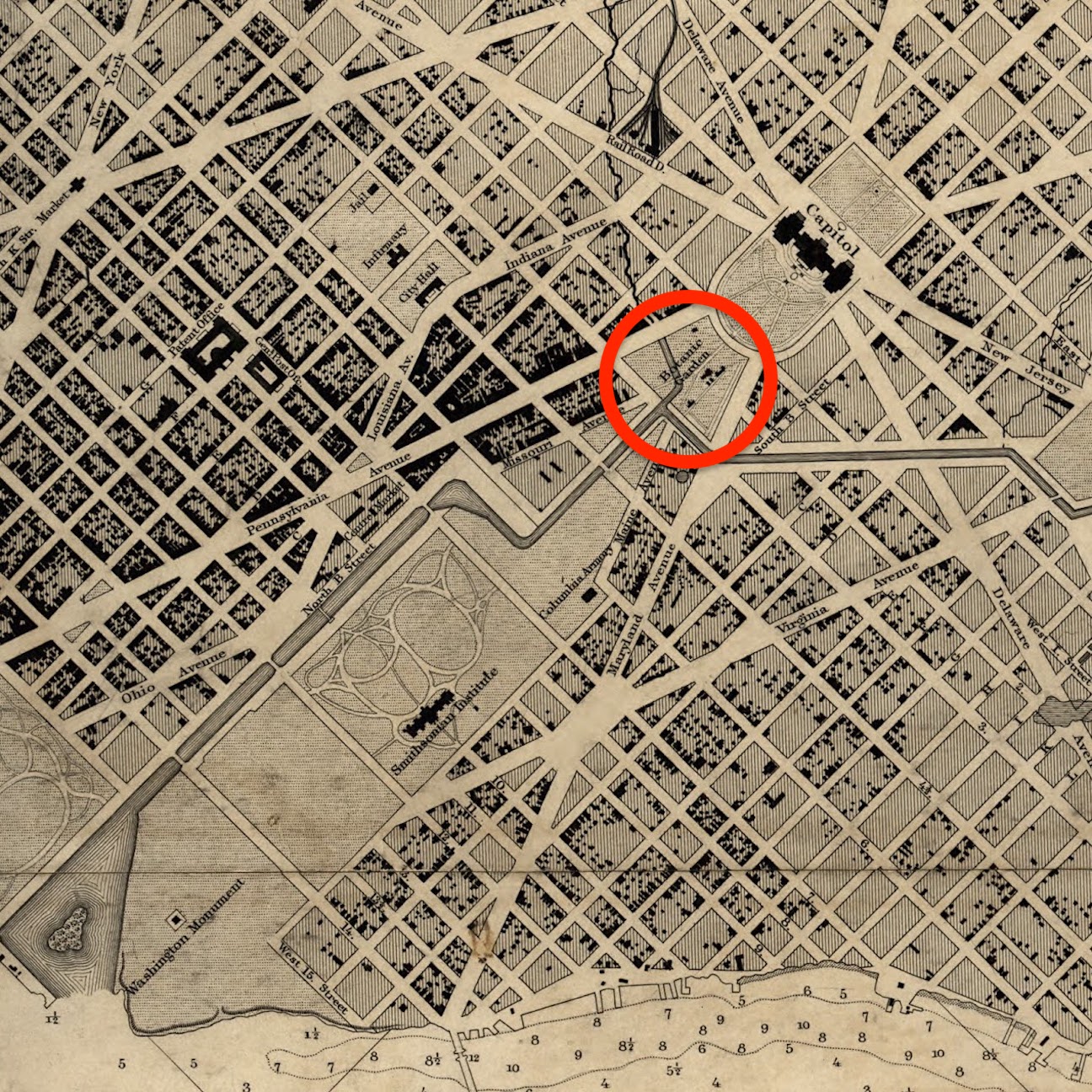
On the sultry morning of August 25th, Oqui helped Dr. Morrow load numerous cases of live plants into “a large boat” and commenced the long journey to the United States. They sailed and rowed seven miles under the “oppressively hot” sun to the USS Mississippi, at anchor in Macau Roads, and finished transferring the cases onto the ship by two in the afternoon. While Morrow returned to his hotel room for the evening, Oqui made a final trip into Macau—perhaps to say farewell to friends and family—before returning to his new home aboard a U.S. naval vessel.[10]
Dr. Morrow boarded the Mississippi on August 27th and the ship steamed back across the harbor to Hong Kong, where the rest of the American naval squadron was anchored. While the botanist resided on shore with a friend in the city, Oqui tended the plants aboard the warship. Morrow returned to the Mississippi the next day and supervised the transfer of all the botanical samples to another vessel, the U.S. Supply Ship Lexington. After receiving orders from Commodore Perry “to proceed to Washington with the plants,” Morrow gathered the last boxes of materials on September 2nd and joined Oqui aboard the Lexington.
The steam-powered vessel cast off from Hong Kong on September 9th and commenced a maritime journey of approximately eighteen thousand nautical miles. Oqui’s voyage to the United States lasted more than five months aboard the proverbial slow boat from China, including pauses to collect additional botanical samples from waypoints along the route. The Lexington sailed and steamed across the South China Sea to the Java Sea before resting at a port on the island of Java. Continuing westward across the Indian Ocean, the mariners paused again at the remote island of Mauritius. The supply ship sailed around the Cape of Good Hope and arrived on Christmas Day at the more-remote island of St. Helena in the South Atlantic. Continuing into the new year, the Lexington sailed northward to the Caribbean Sea and followed the Antilles Current to the east coast of North America. Oqui and his companions arrived in New York Harbor on February 16th, 1855, and docked at the Brooklyn Navy Yard the next day.[11]

Immediately after their arrival at Brooklyn Navy Yard, Dr. Morrow and Oqui began unloading and dividing the government’s collection of nearly 2,000 botanical samples aboard the Lexington. The dried materials, pressed into large paper folios, were sent to Asa Gray, Professor of Natural History at Harvard University, for classification.[13] The large collection of seeds and live samples, meanwhile, were transferred to another vessel bound for Washington, D.C. While this labor progressed at Brooklyn, a reporter from the New York Times visited the Navy Yard to see the exotic vegetation and meet the botanists. On February 21st, 1855, the newspaper printed a partial list of the flowers, shrubs, and trees packed by Oqui and Dr. Morrow. Most of the plants were described as being “in pretty good condition,” but the reporter noted that “a few of them wilted and died on the passage.” More importantly, the newspaper observed that the Lexington had returned with something then considered a novelty in New York and along the entire East Coast of the United States—“a real live Chinese from Hong Kong. He is a florist and gardener, and goes to Washington to attend to the plants. He is about twenty years of age, and named Oqui. He speaks English a little, which he learned on the voyage, and says he is now an American. He was born at Canton [now Guangzhou], and is tolerably good looking.”[14]
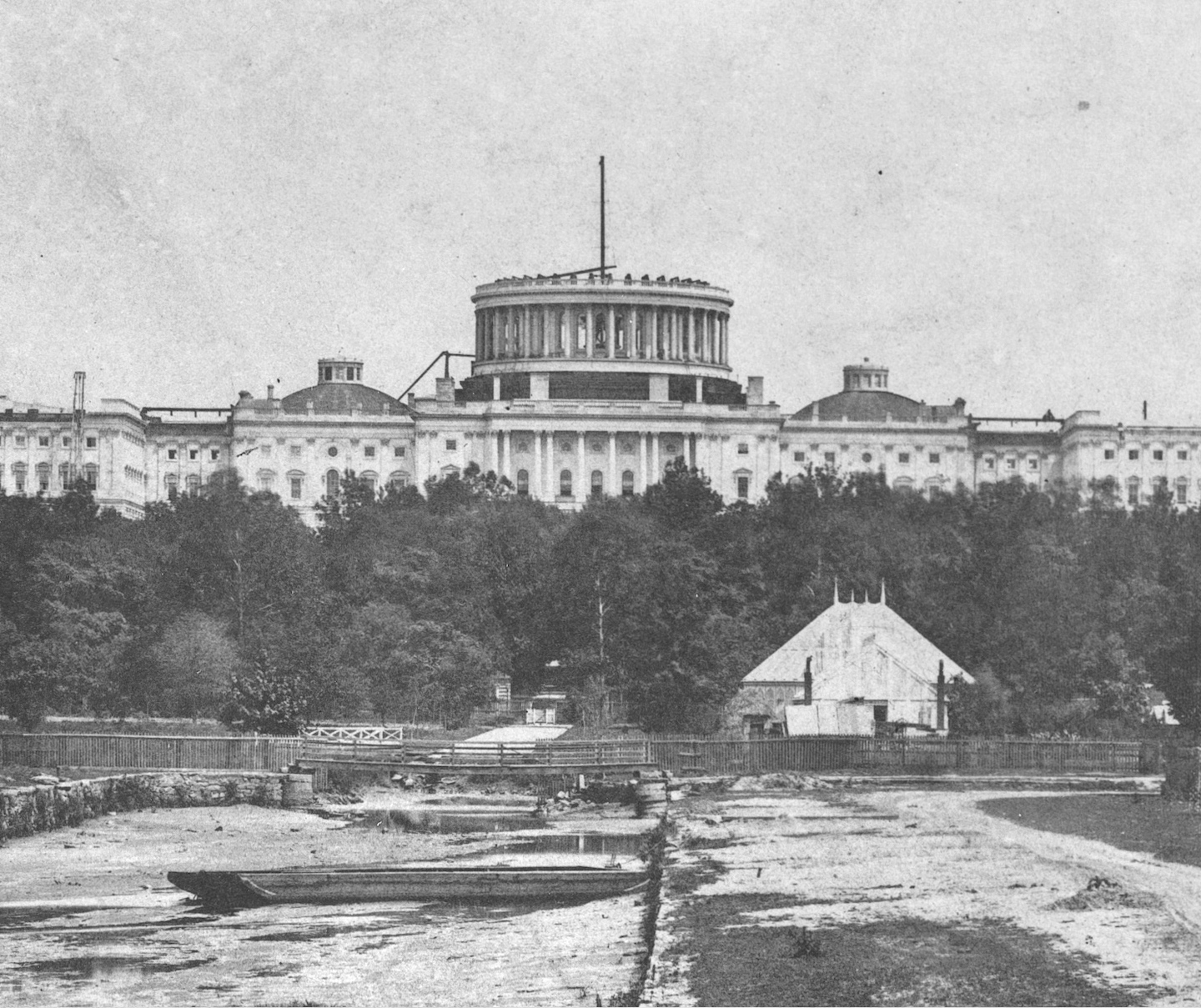
Arriving at this site at some point in March 1855, Dr. Morrow and Oqui transferred their materials to William R. Smith, a young Scotsman hired in 1853 as the institution’s “chief gardener.”[17] James Morrow, having completed his obligations to the government, then returned to South Carolina and left Oqui in charge of explaining the botanical collection to his new employer. Although Mr. Smith was just a few years older than his Chinese colleague, he served as Oqui’s supervisor for approximately two years at the Botanic Garden. Both men apparently resided onsite in modest cottages standing within the shadow of the U.S. Capitol. Their first joint task in the spring of 1855 was likely to transplant the live plants from Asia—including flowers, fruit trees, shrubbery, and grasses—into fresh American soil. On April 21st of that year, a Washington newspaper reporter visited the “Government Conservatory . . . near the foot of the Capitol, on the western side of that edifice,” and recommended that “the lovers of plants and flowers may now be gratified by a visit to the green houses.” Besides the great variety of plants within the garden, the reporter was also intrigued by a human curiosity. “We noticed, yesterday,” said the reporter, “the Chinese gardener [Oqui], intently at work. He was brought hither, it will be recollected, to attend to the cultivation of plants, imported into the country, from Asia, by Commodore Perry, the commander of the Japan expedition.”[18]

Details relating to Oqui’s removal from the District of Columbia to South Carolina are not as robust as those concerning his path from China to Washington, but that transition seems to have occurred during the year 1857. By January of 1858, for example, we know that Oqui was a familiar face at Bleak Hall Plantation on Edisto Island, tending to a large formal garden that he had created for his new employer, John Townsend. Circumstantial evidence suggests, however, that Oqui’s decision to migrate southward—into a landscape dominated by enslaved laborers—followed conversations with an old friend. Dr. James Morrow of South Carolina, who had retired to his Southern home in the spring of 1855, returned to the nation’s capital in early 1857 to secure compensation for his work with Commodore Perry’s famous expedition to Japan. Dr. Morrow’s sojourn to Washington likely included a trip to the U.S. Botanic Garden, where he might have seen the flowering fruits of his Asian adventure and visited his Chinese-American colleague. In the course of their conversation, which might have included John Townsend, Oqui agreed to quit his government job and embark on a new adventure. He would travel five hundred miles southward to begin a new life on a fertile, seaside plantation nestled within a subtropical climate, surrounded by the familiar flora of his Asian homeland.
Join me again next week for the conclusion of this story as we follow Oqui, the Chinese gardener, southward to the land of Sea-Island Cotton and slavery in the Palmetto State. During the second half of his colorful life, another Civil War forced Oqui to flee far from the fertile coast, but he found asylum, love, and family in the capital of South Carolina.
[1] See Francis A. Walker, comp., A Compendium of the Ninth Census (Washington, D.C.: Government Printing Office, 1872), 8, 18; Francis A. Walker, comp., Ninth Census, Volume I: The Statistics of the Population of the United States, Embracing the Tables of Race, Nationality, Sex, Selected Ages, and Occupations (Washington, D.C.: Government Printing Office, 1872), 61. South Carolina in 1870 shared with six other states the distinction of having the fifteenth-largest Chinese population in the nation at that moment, while California led the union of thirty-seven states and ten territories with a total of 49,277 natives of China.
[2] For more information about Matthew Perry and the expedition of 1852–55, see Francis L. Hawks, Narrative of the Expedition of an American Squadron to the China Seas and Japan, Performed in the Years 1852, 1853, and 1854 (four vols.; New York: D. Appleton and Company, 1856); Samuel Eliot Morison, “Old Bruin”: Commodore Matthew C. Perry, 1794–1858 The American Naval Officer who Helped Found Liberia (Boston: Little, Brown, 1967); George Feifer, Breaking Open Japan: Commodore Perry, Lord Abe, and American Imperialism in 1853 (New York: Smithsonian Books, 2006).
[3] Allan B. Cole, ed., A Scientist with Perry in Japan: The Journal of Dr. James Morrow (Chapel Hill: University of North Carolina Press, 1947), xvii–xviii.
[4] Cole, ed., A Scientist with Perry in Japan, xix, 264, 268; A. Hunter Dupree, “Science vs. the Military: Dr. James Morrow and the Perry Expedition,” Pacific Historical Review 22 (1953): 31–32.
[5] Cole, ed., A Scientist with Perry in Japan, 211.
[6] Cole, ed., A Scientist with Perry in Japan, 211.
[7] Note that the Marquis de Moges, Recollections of Baron Gros’s Embassy to China and Japan in 1857–58 (London: Richard Griffin, 1860), 94, mentions visiting “The Parsee cemetery,” in Macau, “which rises in terraces above the sea.”
[8] Cole, ed., A Scientist with Perry in Japan, 211. The “Report of the Secretary of the Navy, printed on the front page of [Washington, D.C.] Daily Globe, 9 December 1854, states that “the civil war raging in China, and particularly in the vicinity of Canton,” created difficulties for the Perry’s naval squadron during its tenure in the vicinity of Hong Kong.
[9] Cole, ed., A Scientist with Perry in Japan, 211.
[10] Cole, ed., A Scientist with Perry in Japan, 211.
[11] Cole, ed., A Scientist with Perry in Japan, xx.
[12] Charleston Courier, 20 February 1855, page 1.
[13] Cole, ed., A Scientist with Perry in Japan, 260, 263–65; Dupree, “Science vs. the Military,” 33.
[14] New York Times, 21 February 1855 (Wednesday), page 4, “The Storeship Lexington—Plants from Japan.” Excerpts from this news item about Oqui were reprinted by a number of newspapers across the country, including Charleston Courier, 26 February 1855, page 2.
[15] Solit, History of the United States Botanic Garden, 32. Newspapers of that era called the site by different names during its first decade, including the National Conservatory,” the “Government Conservatory,” the “Public Conservatory,” and the “National green-house.”
[16] Karen D. Solit, History of the United States Botanic Garden 1816–1991 (Washington, D.C.: U.S. Government Printing Office, 1993), 17–31; Fallen, Anne-Catherine Fallen, A Botanic Garden for the Nation: The United States Botanic Garden (Washington, D.C.: U.S. Government Printing Office, 2007), 20–29. The Botanic Garden complex of the 1850s was dismantled in 1933 and removed to the present site on the south side of the Capitol complex. The site of the 1850s conservatory of the U.S. Botanic Garden is now under the Capitol Reflecting Pool, which forms part of Union Square on the west side of the Capitol Building.
[17] Fallen, A Botanic Garden for the Nation, 26, 29. Solit, History of the United States Botanic Garden, 31–32. A partial list of the plants transferred from the U.S. Supply Ship Lexington to the U.S. Botanic Garden appears in New York Times, 21 February 1855, page 4, “The Storeship Lexington—Plants from Japan”; Karen D. Solit, History of the United States Botanic Garden 1816–1991 (Washington, D.C.: U.S. Government Printing Office, 1993), 103, Appendix 7, “Plants Collected during the Perry Expedition of 1852 to 1855 and Donated to the Botanic Garden.”
[18] Washington Sentinel [Washington, D.C.], 21 April 1855, page 3, “Government Conservatory.”
[19] Fallen, A Botanic Garden for the Nation, 33; An Act of Congress ratified on 3 March 1855 (10 Stat. 673, sec. 20) includes the first statutory use of the term “Botanic Garden,” in the appropriation for draining grounds around the site on the west side of the Capitol.
NEXT: Oqui Adair: First Chinese Resident of South Carolina, Part 2
PREVIOUSLY: Where Did Robert Smalls Live in 1862 Charleston?
See more from Charleston Time Machine
